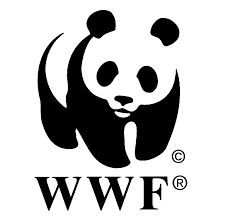
Corridor écologique pour la réunion des pandas géants

Le paysage de Qinling abrite une grande population de pandas géants(Ailuropoda melanoleuca). Dans les années 1970, la route nationale 108 a été construite à travers la forêt auparavant intacte, divisant les populations de pandas en deux groupes distincts, à l'est et à l'ouest. Le sous-groupe de pandas de l'est est fortement menacé d'extinction. Cette fragmentation de l'habitat limite les ressources et le mouvement génétique des deux groupes de pandas. En 2000, un tunnel a été construit par le gouvernement pour accueillir la nouvelle route et permettre de reconnecter la population de pandas. Les anciennes routes, en surface, ont été fermées afin que l'habitat puisse être rétabli. En 2003, la réserve naturelle de Shaanxi Guanyinshan a été légalement établie et, en 2005, le Fonds mondial pour la nature a lancé, en collaboration avec la réserve, le projet de restauration du corridor du tunnel automobile G108 Qinling. Les principales activités du projet comprenaient des études de base sur la population de pandas, la plantation de bambous pour améliorer la qualité de l'habitat, l'engagement de la communauté locale et la surveillance de la faune et de la flore.
Contexte
Défis à relever
Emplacement
Impacts
La construction du tunnel et la déviation du trafic ont permis de réunir les populations de panades dans le corridor écologique protégé. Une enquête sur le statut socio-économique des communautés locales dans le paysage ainsi qu'une étude de l'écosystème ont permis d'élaborer un plan de gestion plus efficace. Le soutien et l'éducation apportés aux ménages locaux et la démonstration de pratiques paysagères durables ont permis d'améliorer la conservation de l'habitat et de maintenir l'implication de la communauté environnante.
Des pandas géants ont été observés dans le corridor écologique, qui comprend les terres situées au-dessus du tunnel routier et les terres environnantes reliant les zones centrales. La distance écologique entre les sous-groupes a été réduite et est désormais plus courte que la zone d'activité quotidienne d'un panda. Le nombre d'espèces de mammifères et de faisans présentes dans le corridor est passé de zéro à quinze, comme le montre la surveillance de la faune dans le corridor. La zone environnante a également bénéficié d'effets positifs grâce à la réorientation du trafic souterrain et à la création du corridor écologique.



